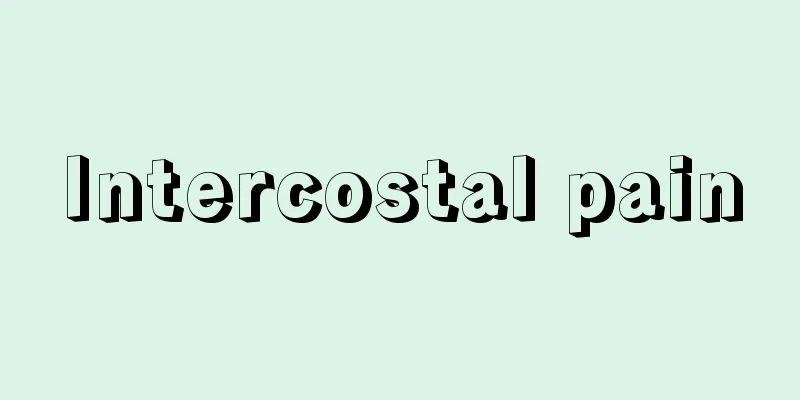Intercostal pain

|
Many people experience chest pain in the intercostal space, and the pain in the intercostal space needs to be understood from many aspects, because there are many causes of this problem, such as pain caused by thoracic vertebrae degeneration; pain caused by pleural lesions; or pain caused by tumors, etc. Regardless of the cause, patients should undergo detailed examinations and receive timely treatment to improve their symptoms. 1. Reasons Damage caused by different reasons, such as thoracic vertebra degeneration, thoracic vertebra tuberculosis, thoracic vertebra injury, thoracic vertebra dura mater, tumor, ankylosing spondylitis and other diseases or rib, mediastinum, pleural lesions, intercostal nerves are compressed and stimulated by the above diseases, and inflammatory reaction occurs, resulting in band-like pain in the chest, intercostal space or abdomen. 2. Inspection Intercostal neuralgia is divided into secondary and primary types. Radicular intercostal neuralgia may be caused by diseases such as thoracic vertebra degeneration, thoracic vertebra tuberculosis, thoracic vertebra injury, thoracic vertebra dura mater, tumors, ankylosing spondylitis, etc.; axial intercostal neuralgia may be caused by lesions of the ribs, mediastinum or pleura. Primary intercostal neuralgia is rare. When intercostal neuralgia occurs, pain can be seen radiating from back to front along the corresponding intercostal space in a semicircular shape; the pain is stabbing or burning. The pain gets worse when you cough, take a deep breath, or sneeze. The pain is usually in one nerve on one side. Physical examination revealed obvious tenderness beside the spinous processes of the thoracic vertebrae and in the intercostal spaces; patients with typical radicular intercostal neuralgia had a positive neck flexion test; the distribution area of the affected nerves often showed signs of neurological impairment such as hyperesthesia or hypoesthesia. 3. Mitigation methods Treatment should identify the primary lesion and adopt appropriate treatment methods. You can use medication, physical therapy, acupuncture, massage, etc. Massage is clinically effective in treating intercostal neuralgia caused by thoracic vertebrae injury or degeneration. This type of patient often has abnormal position of the thoracic spine joints. After correction through thoracic spine reduction technique, the pain can be significantly relieved. Diseases in the thoracic spine should be treated promptly to avoid secondary intercostal neuralgia. Seated workers should pay attention to their posture and avoid fatigue. |
>>: Pain in the middle of the chest
Recommend
The harm of taking a bath after eating
Bathing is an important means for us to clean our...
What are the types of testicular cancer? What are the types of testicular cancer?
Testicular cancer is divided into primary testicu...
Can people with 300-degree myopia not wear glasses?
Three hundred degrees of myopia is actually relat...
Are diabetic patients more likely to develop liver cancer?
Domestic and foreign studies have confirmed that ...
Do blue light phone films really work?
With the rapid development of society, smartphone...
How to use makeup remover oil
Nowadays, more and more female friends wear makeu...
How long can patients with advanced lung cancer live
It is difficult to have a clear answer to the que...
What to do if your face is allergic and tight
When the face is allergic and tight, we can use s...
How to cure drooling obsessive compulsive disorder
Salivation obsessive-compulsive disorder can be c...
Unbearable pain after teeth whitening
In recent years, more and more people are pursuin...
How long can you live after tongue cancer surgery?
How long can you live after tongue cancer surgery...
Two chemotherapy regimens for Hodgkin's lymphoma
The treatment strategy for Hodgkin's lymphoma...
Is kidney cancer hereditary?
Is kidney cancer hereditary? Many people do not u...
The difference between Jiafan wine and Huadiao wine
Jiafan wine is a type of Shaoxing rice wine, whic...
What kind of carambola is delicious
It is well known that carambola is a fruit with m...









